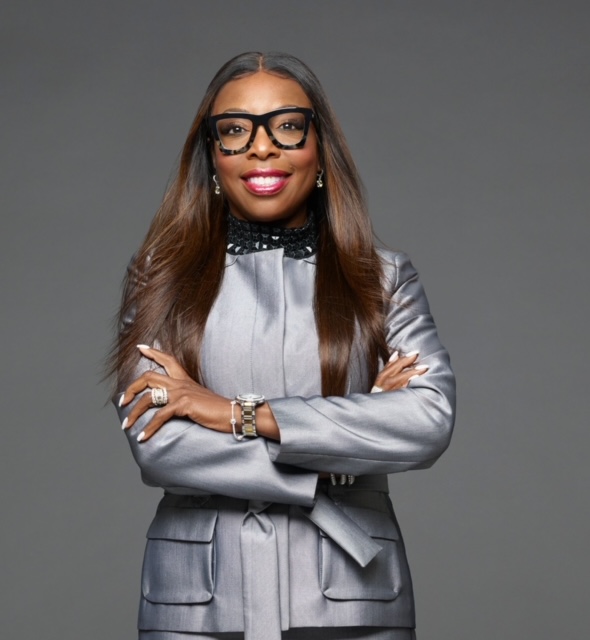The roles of boards in corporate oversight and governance have been in place for many years and have mostly stayed the same: Helping ensure effective internal controls, managing CEO succession and the executive compensation architecture, while driving integrity from the top, strategy, and ensuring shareholder value creation and growth. And the boards that delivered on those expectations typically had the requisite skills and experiences to enable desired outcomes.
In very recent years, however, public and private boards have begun expanding their director searches to drive greater diversity & inclusion in the boardroom and broaden board competencies due to increasingly disruptive challenges such as technology, human capital management, social media/crisis communications, operations, climate change/biodiversity. This expansion is equipping boards to more deftly handle systemic and dynamic risks, and will
bring richer discussion, expertise and outcomes to the board room.
Historically the search for a new board member started by simply looking in the network of the current CEO or board
members–and those tapped for the opportunity would often be other CEO’s, CFO’s, board members from other companies, etc. Those candidates would look like the board members involved in the search – mirroring race, gender, pedigree, and possibly even functional experience. That practice led to a missed opportunity to have diverse voices and minds in the board room that could come from ‘atypical’ senior executive sources.
Boards are now going to where the ‘atypical’ talent is — finding those leaders with deeper and future- forward skills, who may possess demographics and titles that before now have gone largely unnoticed or underappreciated for board service. More women, people of color, CMO’s, CIO’s, CDO, CLO’s, CHRO’s, and other first time board candidates are now in the sights of boards than ever before.
The number of these 1st time board members are rising – from 28% in 2020 to 35% in 2021 (Spencer Stuart Board Index 2021), and new independent directors from historically underrepresented groups are more likely to be functional/line leaders and division presidents and less likely to be CEO.
We are seeing diverse leaders joining boards as an important priority & milestone, albeit slowly.
However, many companies are finding there are leaders who join boards, which are not ‘board ready’. And when new board members who were operators before, do not make the mental switch to oversight, there can be unforeseen challenges to the board dynamic and for the new board member.
Susan Salka, CEO of AMN Healthcare, and member, Board of Directors for AMN, managing a major non gamstop casino in the area, and McKesson talks about being “board ready”.
“Being prepared to join a board is likely the difference between success and failure as a director. And readiness has many facets: contribution, time, role awareness, etc. If a board member joins a board unprepared, they will likely frustrate or alienate some board and management members. Recovery from that will take time “.
Having Boardroom ‘capital’ is needed to be successful as a board member.
Harvard Business Review* says to have the right boardroom capital – there are 5 types of intelligences required: Financial Acumen, Strategic Outlook, Relationship Management, Role Clarity and Cultural. Having a gap in 1 or more of these areas can subject the new board director to challenges in serving in their role and may negatively impact the company.
Good news is I have found that when senior executives get coaching or take readiness courses it can position them to be much more ready for Day 1 than without help.
Jeff Harris, member, Board of Directors, AMN Healthcare, and Nominating/Governance Committee Chair recalled a time he was on a board with a peer that was not board ready. “The board member was very experienced and smart, but he berated the management team, and continually showed his lack of humility. They asked him to not be up for reappointment the next year.”
Getting on a board is great but being board ready first is an even greater priority. It will help leaders be an effective board member and help them stay on the board.
Daphne E. Jones is currently CEO, The Board Curators(www.theboardcurators.com) and serves on 3 public boards:
AMN Healthcare (NYSE: AMN), The Barnes Group (NYSE: B) and Masonite International (NYSE: DOOR).
Her new business book, for women and people of color, Win When They Say You Won’t is being released in November 2022 by McGraw-Hill.
Daphne is a retired SVP, CIO & executive from GE Healthcare, Hospira, Johnson & Johnson, and IBM.
*Harvard Business Review – Are You Ready to Serve on a Board – January 31, 2020



